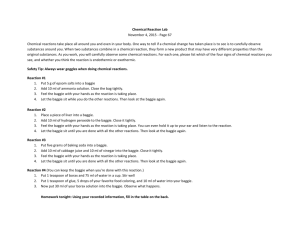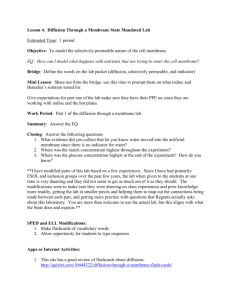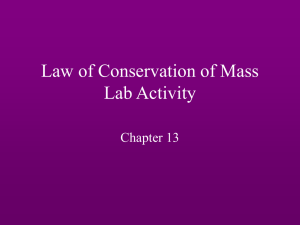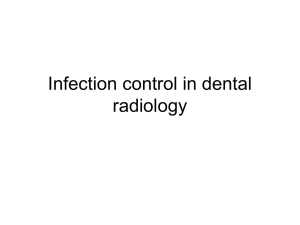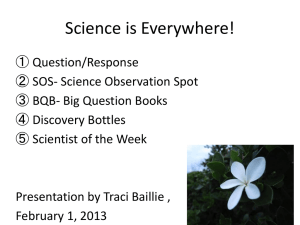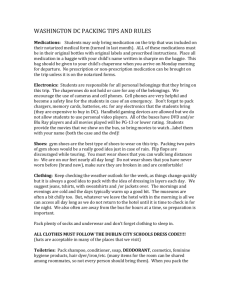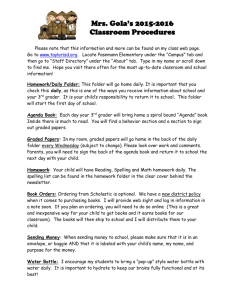Cellular Respiration Lab Basic Set up
advertisement
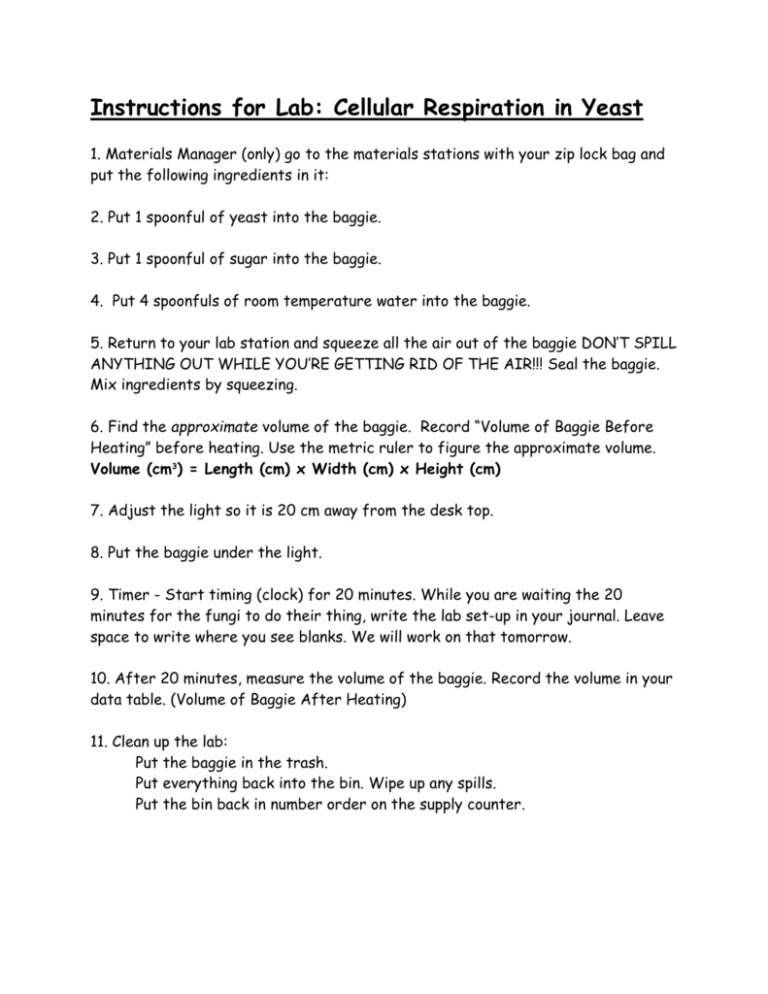
Instructions for Lab: Cellular Respiration in Yeast 1. Materials Manager (only) go to the materials stations with your zip lock bag and put the following ingredients in it: 2. Put 1 spoonful of yeast into the baggie. 3. Put 1 spoonful of sugar into the baggie. 4. Put 4 spoonfuls of room temperature water into the baggie. 5. Return to your lab station and squeeze all the air out of the baggie DON’T SPILL ANYTHING OUT WHILE YOU’RE GETTING RID OF THE AIR!!! Seal the baggie. Mix ingredients by squeezing. 6. Find the approximate volume of the baggie. Record “Volume of Baggie Before Heating” before heating. Use the metric ruler to figure the approximate volume. Volume (cm3) = Length (cm) x Width (cm) x Height (cm) 7. Adjust the light so it is 20 cm away from the desk top. 8. Put the baggie under the light. 9. Timer - Start timing (clock) for 20 minutes. While you are waiting the 20 minutes for the fungi to do their thing, write the lab set-up in your journal. Leave space to write where you see blanks. We will work on that tomorrow. 10. After 20 minutes, measure the volume of the baggie. Record the volume in your data table. (Volume of Baggie After Heating) 11. Clean up the lab: Put the baggie in the trash. Put everything back into the bin. Wipe up any spills. Put the bin back in number order on the supply counter. Cellular Respiration in Yeast Problem: What happens to the cellular respiration in yeast when sugar is changed to _______________? Hypothesis: If _____________________________________________________, then, ________________________________________________________, because ______________________________________________________. Materials List: 1 spoonful of yeast 1 spoonful of sugar 1 spoonful of _________ 4 spoonfuls of water 1 cm2 graph paper 1 metric ruler 1 spot light with ring stand 1 snack-sized zip lock baggie Procedure: 1. Put 1 spoonful of yeast, 1 spoonful of sugar, and 4 spoonfuls of water in a small zip lock baggie. Mix contents of bag well by squeezing. 2. Squeeze all air out of bag and seal. 3. Measure the initial volume of the baggie and record in a data table. 4. Place baggie 20cm away from a light for 20 minutes. 5. Measure the final volume of the baggie and record in a data table. 6. ~Do not copy #6 yet, just leave 4 lines in your journal. Variables: Manipulated: Data: Chemical Energy Used Table Sugar (sucrose) Volume of Baggie (cm3) Before After Heating Heating Responding: Volume of Gas Produced (cm3) Controlled (3): Observations
